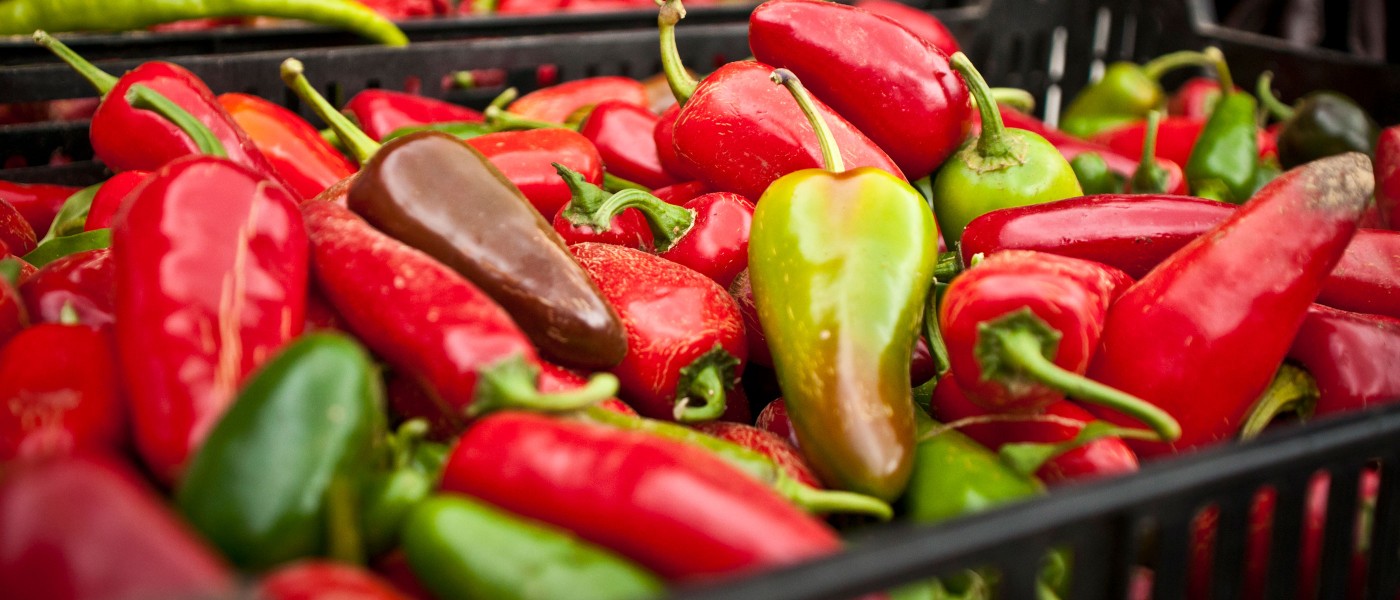Do You Know Which Part of the Plant You’re Eating?
If you spend a lot of time with kids, at some point they’re likely to ask, “Are tomatoes a fruit or a vegetable?”
Kids love to categorize everything around them, and initially tomatoes go firmly in the vegetable category. But then they hear that tomatoes are a fruit, and these neat and tidy categories get jumbled. How is that possible? What makes a fruit a fruit?

Plants aren’t just tasty treats for us; they have fascinating lives of their own. Exploring the question of which plant parts we’re eating can help us learn how plants grow. Next time you’re at the grocery store or sharing a meal with a young person, you can lead them down a rabbit hole of discovery.
Let’s explore the six parts of a flowering plant: roots, stems, leaves, flowers, fruits, and seeds. Each of these parts serves a unique and fascinating purpose in the lives of plants.
Roots
Carrots, parsnips, rutabaga, turnips, and beets are all roots. Before they were harvested and landed on your plate, they were doing what roots do: storing energy, absorbing water and nutrients from the soil, and anchoring the plant.
Here’s where it gets a little weird: Not all underground parts of the plant are true roots. Many of the edible plants we consider roots are actually stems.
Stems and Leaves
Stems and leaves provide structure, conduct water and nutrients, and make food for plants (and for us) by capturing the sun’s energy through photosynthesis.
Celery, kohlrabi, and rhubarb are examples of stems. Some stems grow underground, like onions (which are bulbs) and potatoes (which are tubers). These modified underground stems are used to store food reserves.
Lettuce, spinach, cabbage, collard greens, and bok choy are all leaves. Some common kitchen herbs are also leaves, such as rosemary, parsley, basil, sage, and dill.
Flowers
Did you know that some of your favorite vegetables are really flowers? Broccoli florets, cauliflower florets, artichokes, and capers are all flower buds.
Flowers aren’t just pretty to look at—they’re also the reproductive parts of plants. They produce pollen, make seeds, and develop into fruit.
If we didn’t harvest broccoli, the small green buds would open to reveal bright yellow flowers that attract bees and other pollinators. (When its flowers open, the flavor of the broccoli becomes bitter.)
Unharvested artichokes grow into feathery purple flowers that resemble giant purple paintbrushes. And unharvested cilantro eventually produces aromatic seeds known as coriander, a popular spice.
Sometimes we eat fully opened flowers like squash blossoms, borage, violets, and rose petals. Many popular drinks are made from flowers: Sorrel is made with hibiscus flowers, and chamomile tea is made from chamomile flowers.
Fruits and Seeds
Fruits are the mature ovaries of flowers. Their purpose is to disperse seeds, whose purpose is to make more plants.
Lots of seeds make nutritious snacks, including pumpkin seeds, sunflower seeds, flax seeds, and chia seeds. Meanwhile, many foods that we think of as vegetables are technically fruits, including peppers, cucumbers, eggplant, peapods, pumpkin, zucchini, avocado, olives, and tomatoes.
If you are eating something that has a seed or pit, it is a fruit. That said, many modern fruits have been bred to be seedless. Seedless fruits include bananas, pineapples, and seedless watermelons.
Peas, beans, and peanuts are all legumes, which are fruits specific to the bean or legume family. Nuts are a kind of fruit as well. And we often think of corn as a vegetable, but it is actually a grain, which means it’s a kind of fruit!
Now that we’ve learned about the different plant parts and what they do, let’s return to the humble tomato. In the kitchen they’re considered vegetables, but in the botanical world, they are fruits.
Categorizing the plants we eat may not always be straightforward, but that’s what makes it a delicious adventure. Or as famous Brooklynite Walt Whitman might say (if he were a foodie): Plants are large. They contain multitudes.


